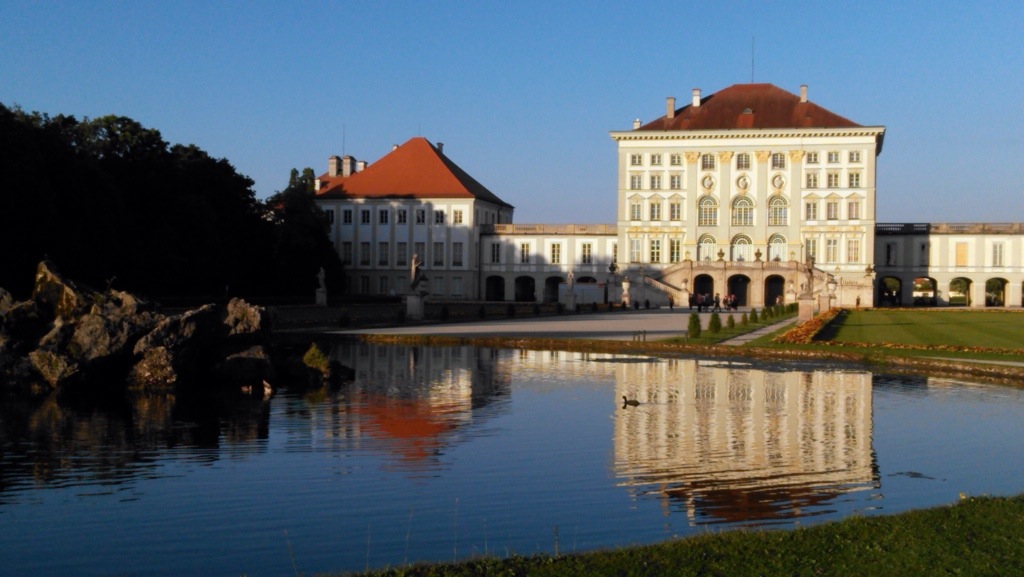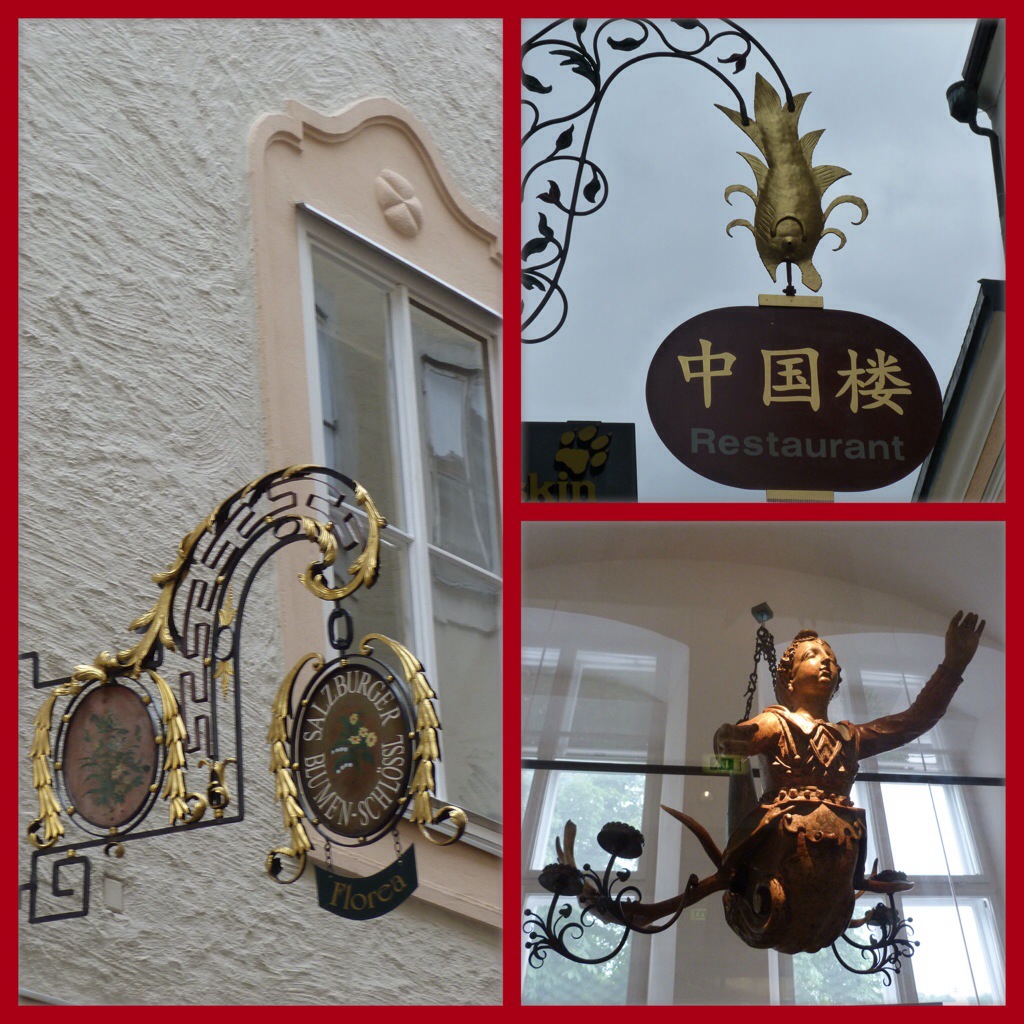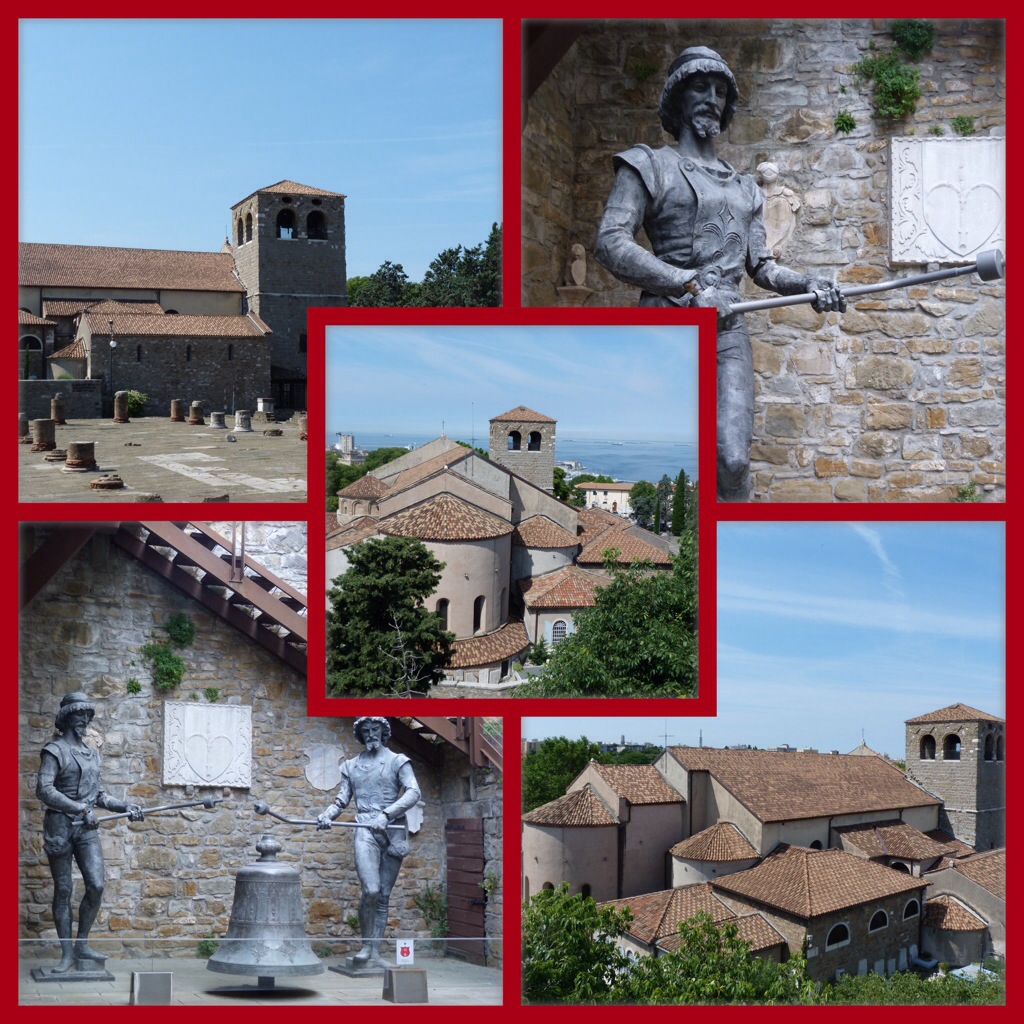Our last day and yet another perfect sunny Sunday–families out on bikes, in the parks, enjoying their beautiful village metropolis. Today included an early visit to Alte Pinakothek for medival and Renaissance masters up close and very personal. The sculpture garden outside was also enjoyable–dogs chasing frisbies and kids climbing on masterpieces. A break for lunch at a beer garden and music in a park then a ride out to Olympic Stadium, the BMW Corporate headquarters that looks like a four cylinder engine and the Nymphenburg Palace. The Olympic Stadium Park is fully utilized and was filled today with families using the facilities and curious visitors like ourselves. All the between urban space is filled community gardens and they seem to be producing abundantly.
We dropped the car off at the Peugeot stable and felt great relief to be at the Novotel and sorting out 6 weeks of stuff and packing. Our flight leaves at 10:30 am and we are glad to be headed to our Poway stable. It has been an adventure of a lifetime and we are joyful that it has all gone so well.























